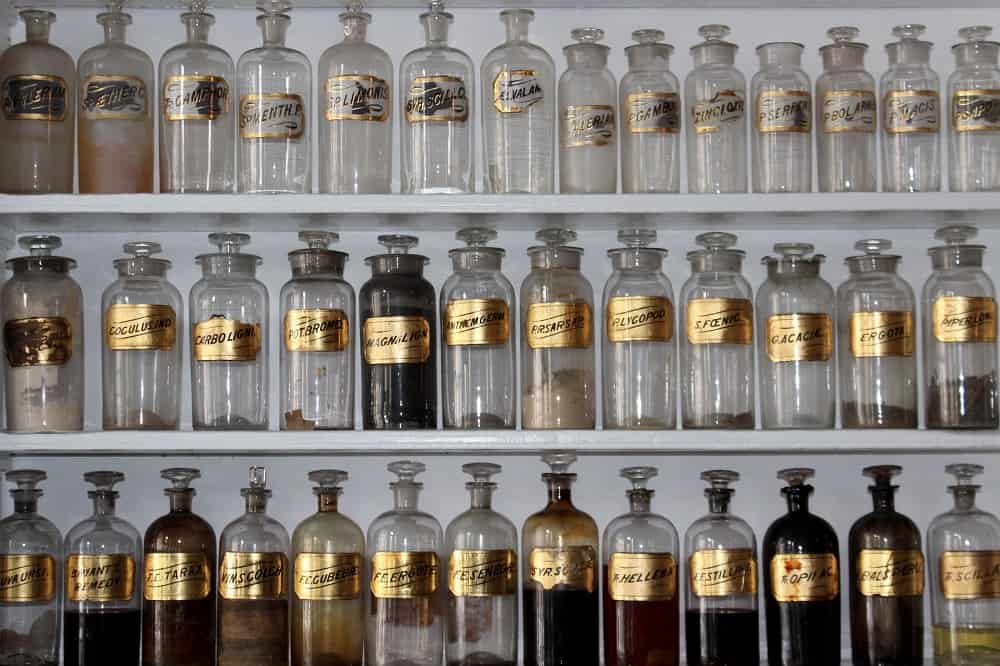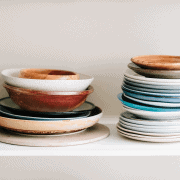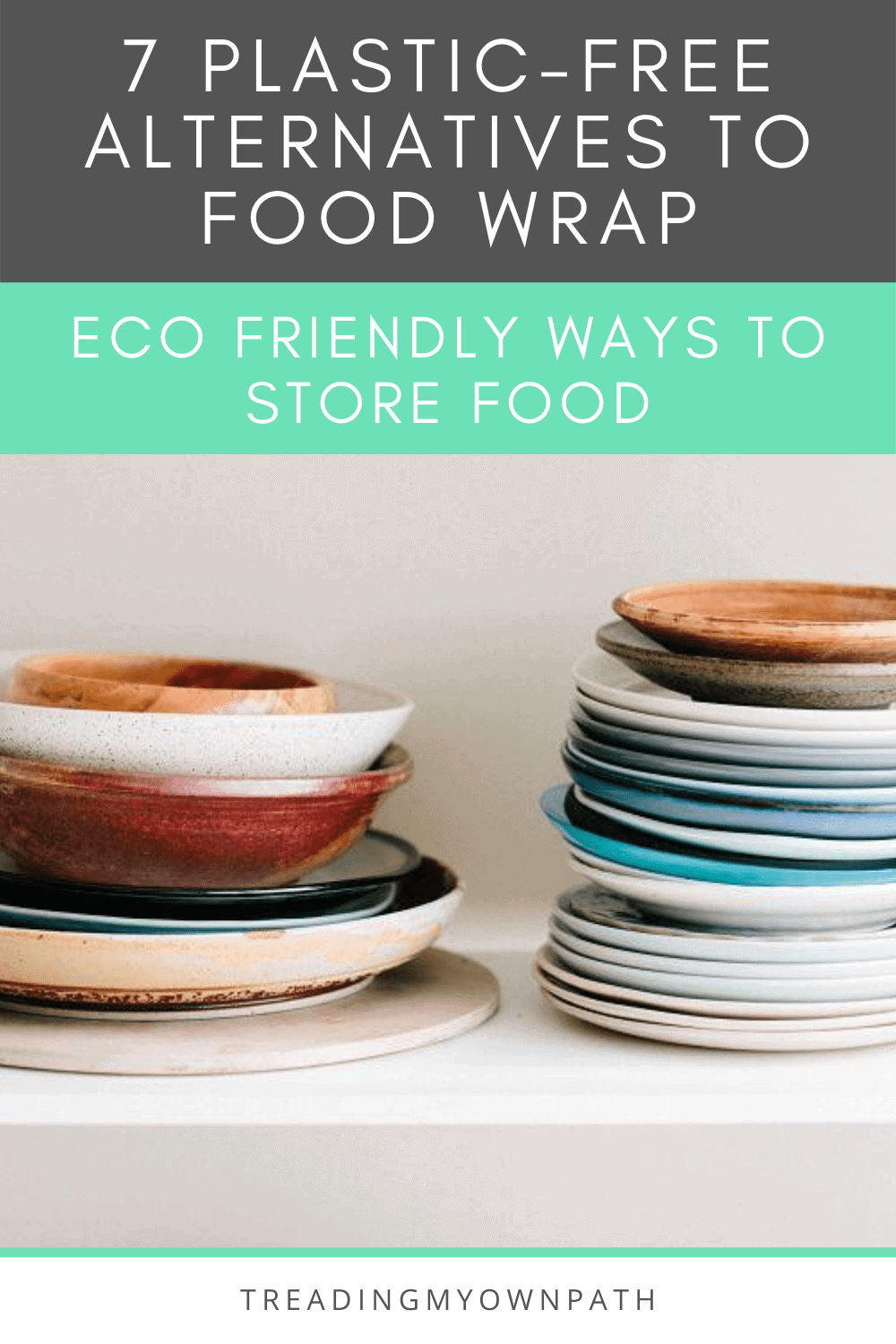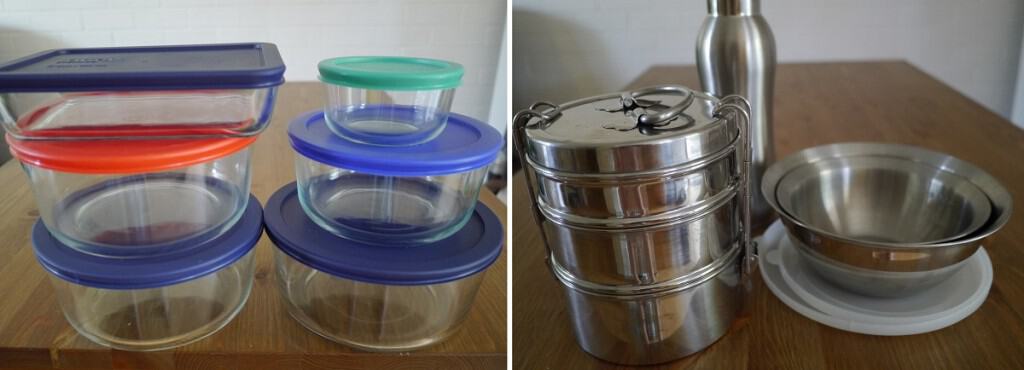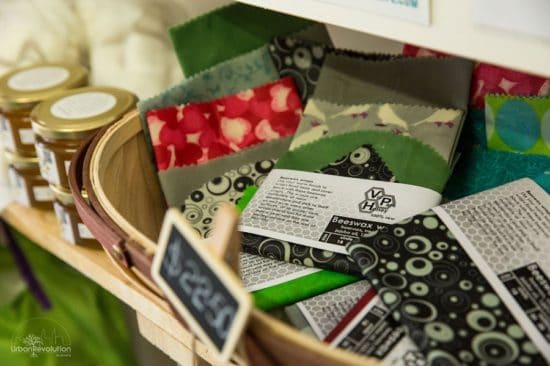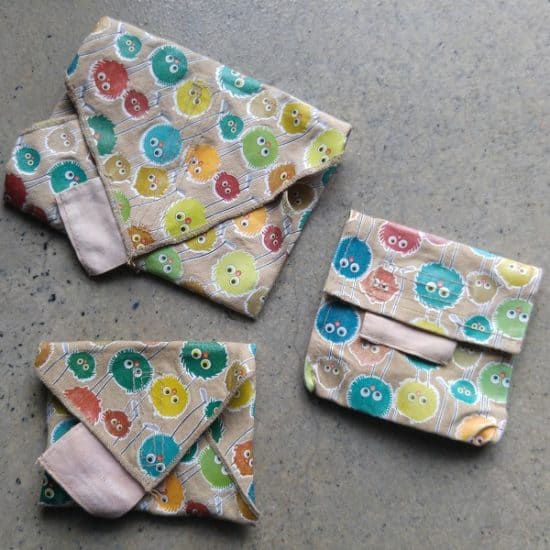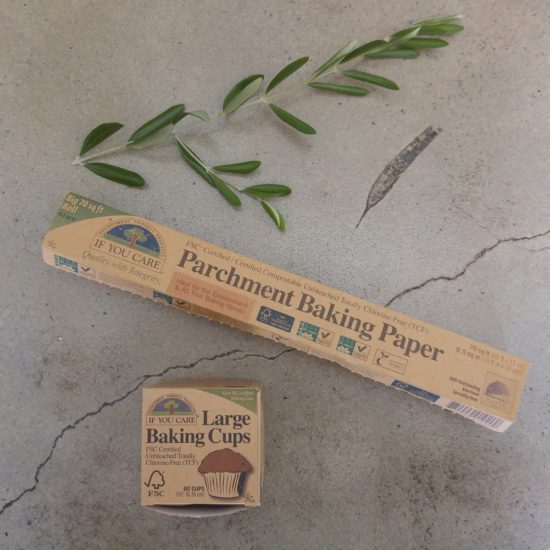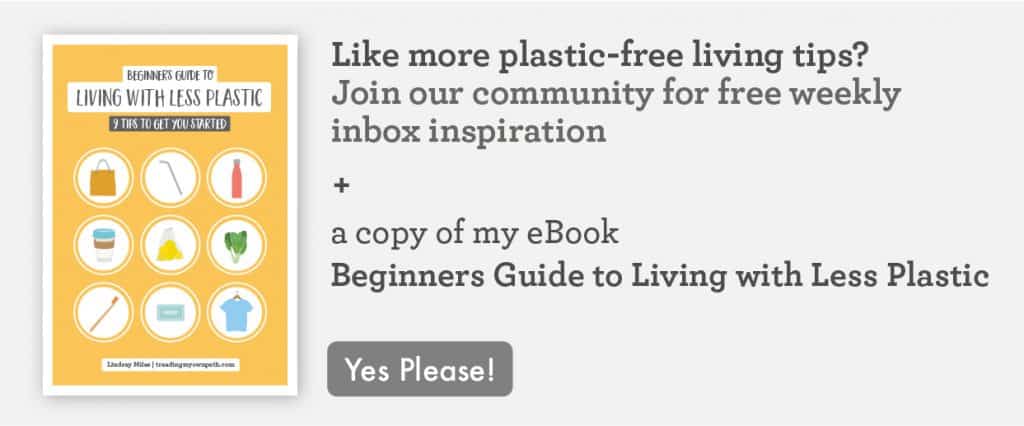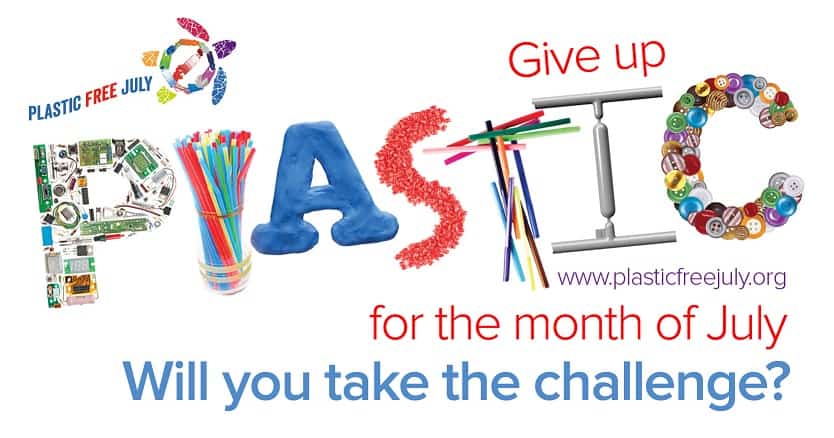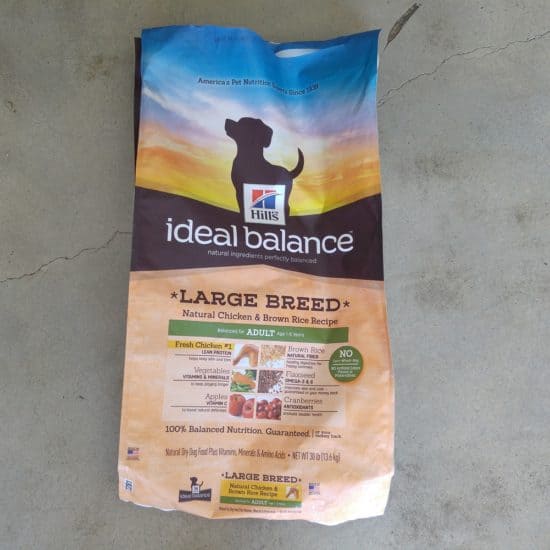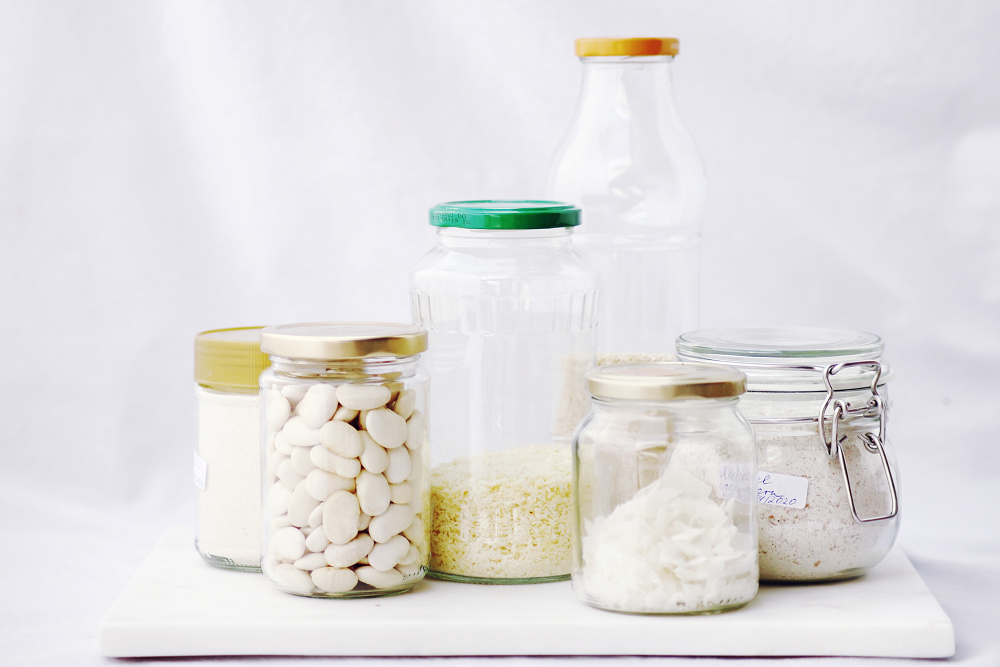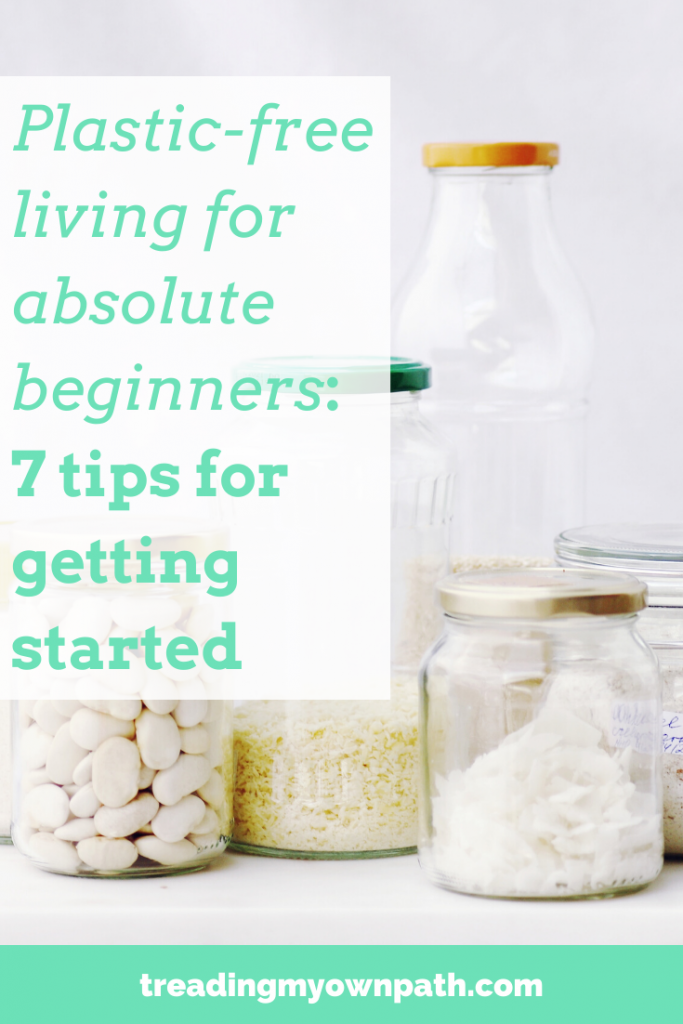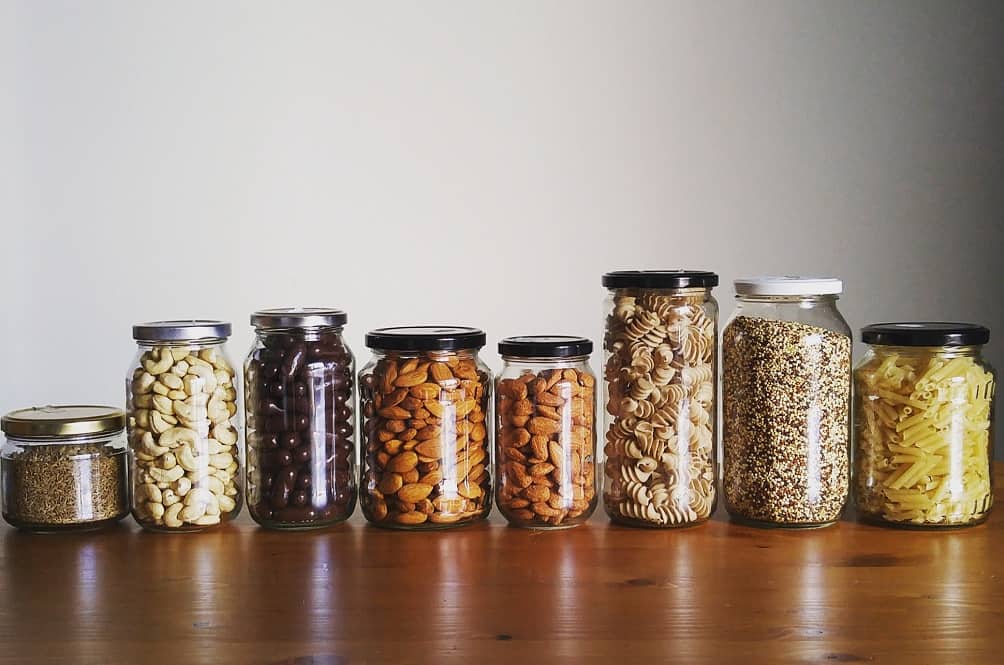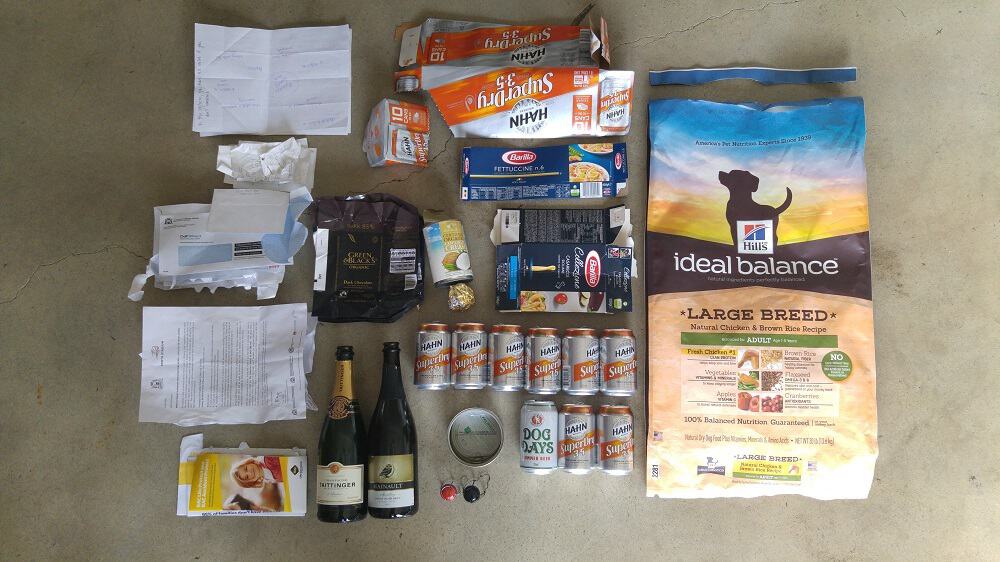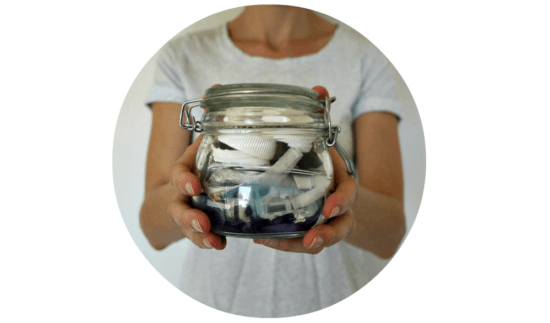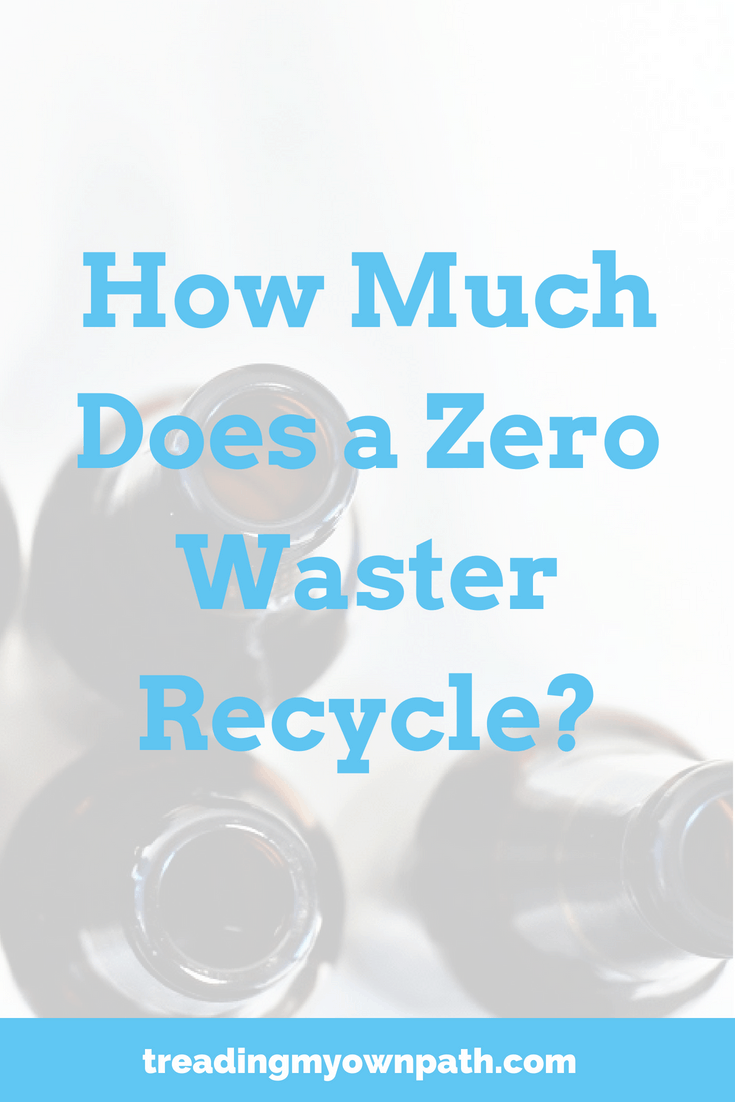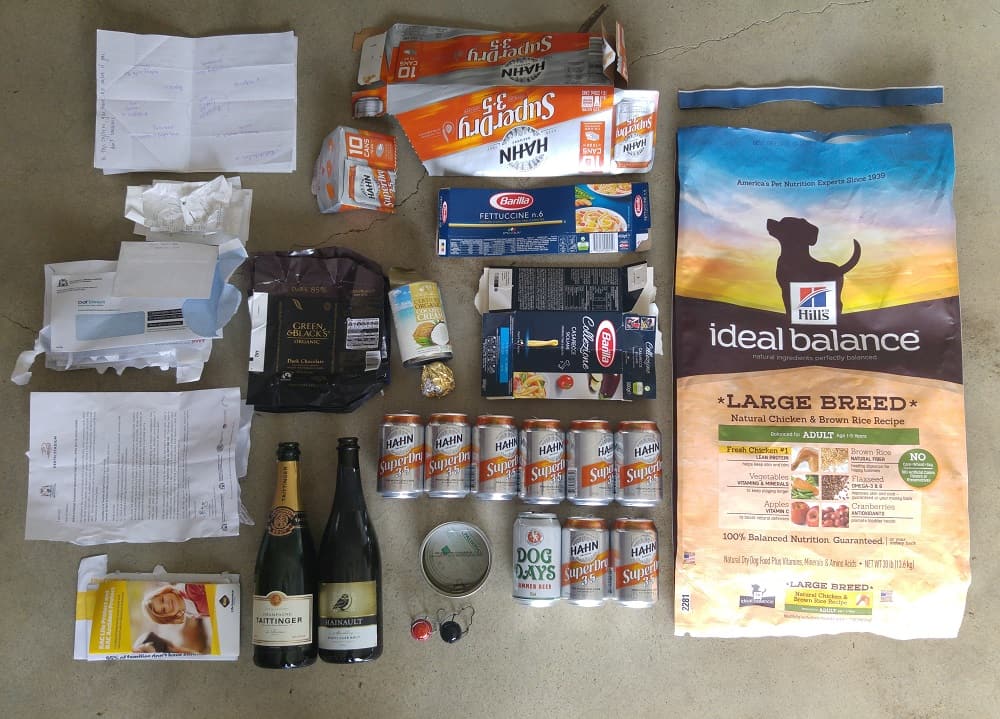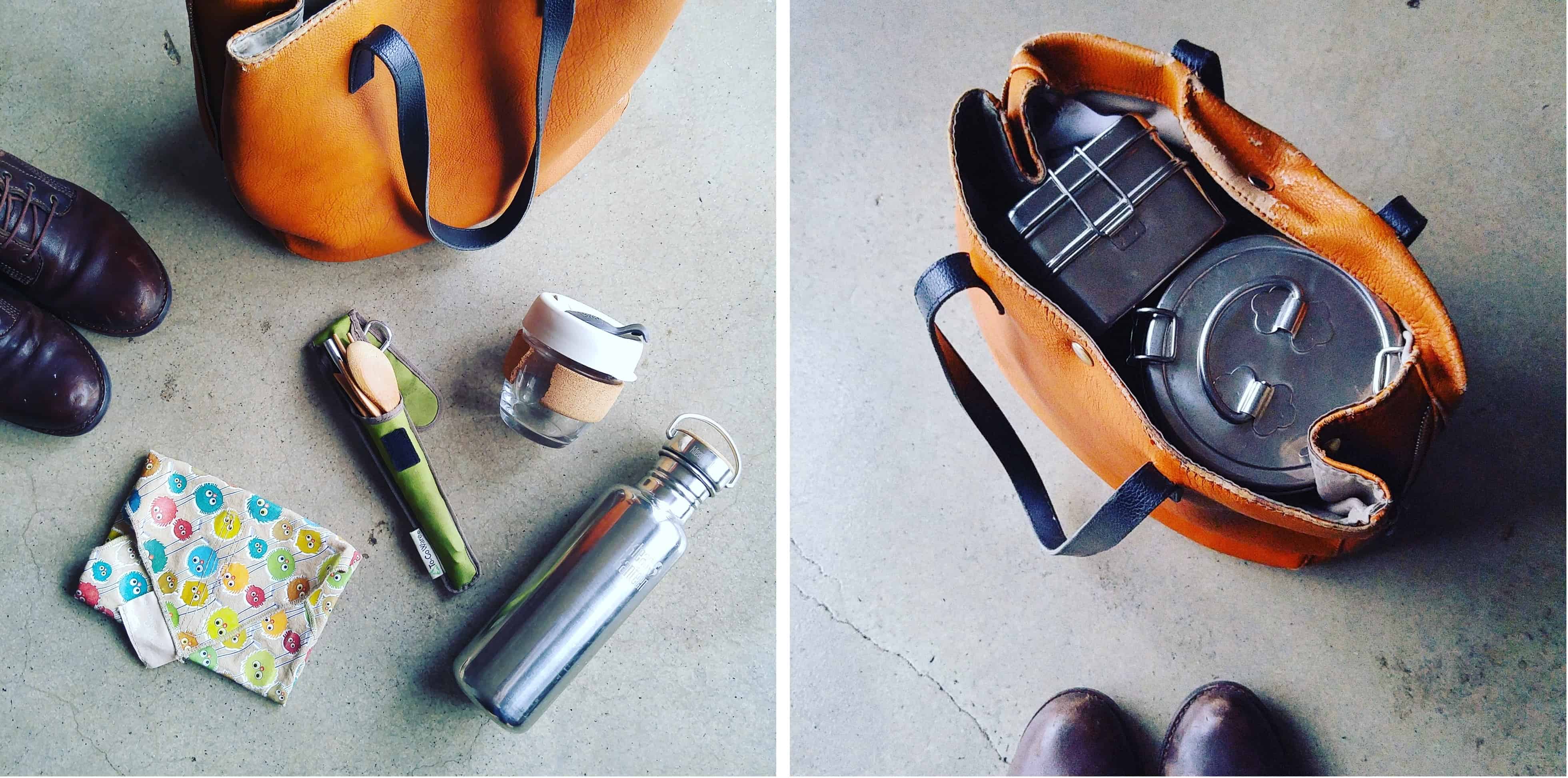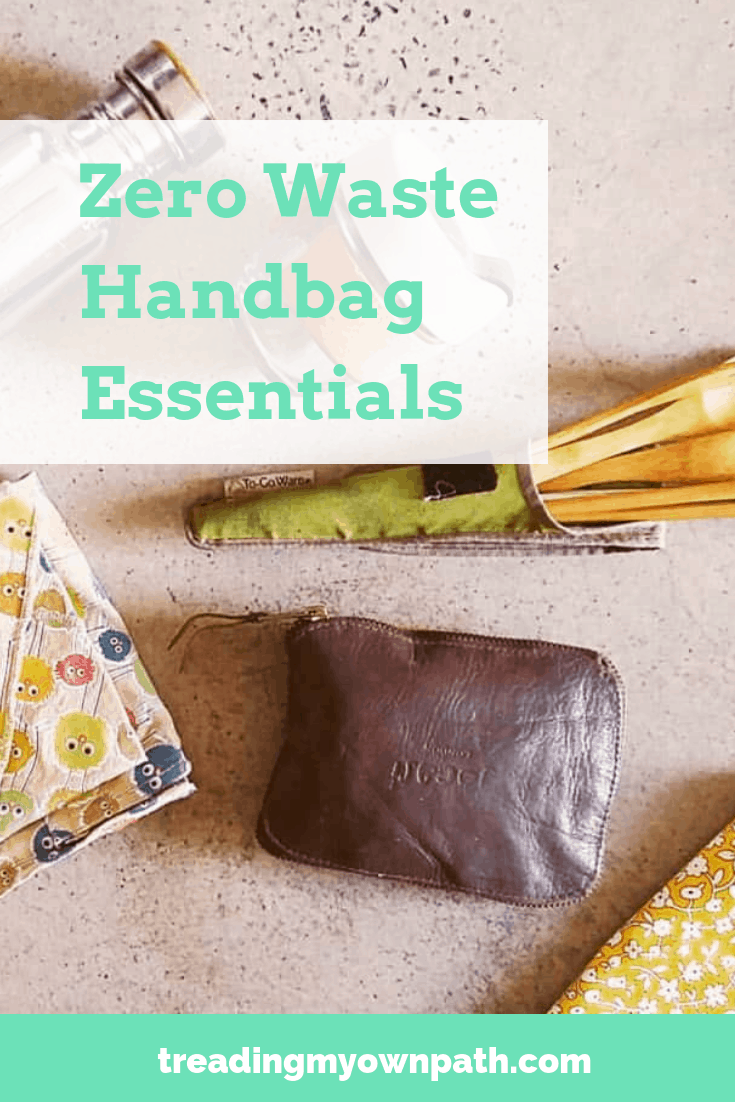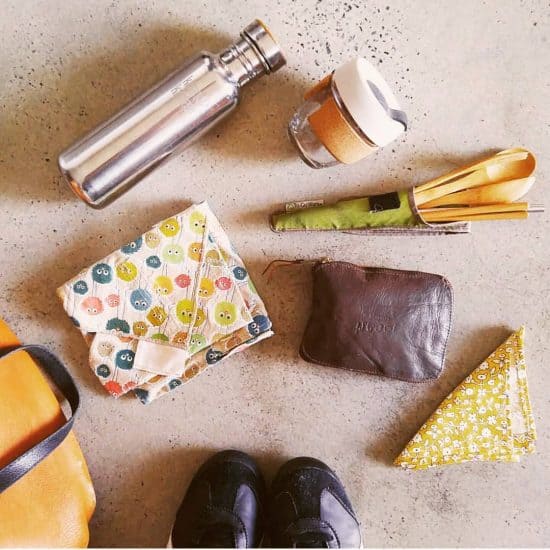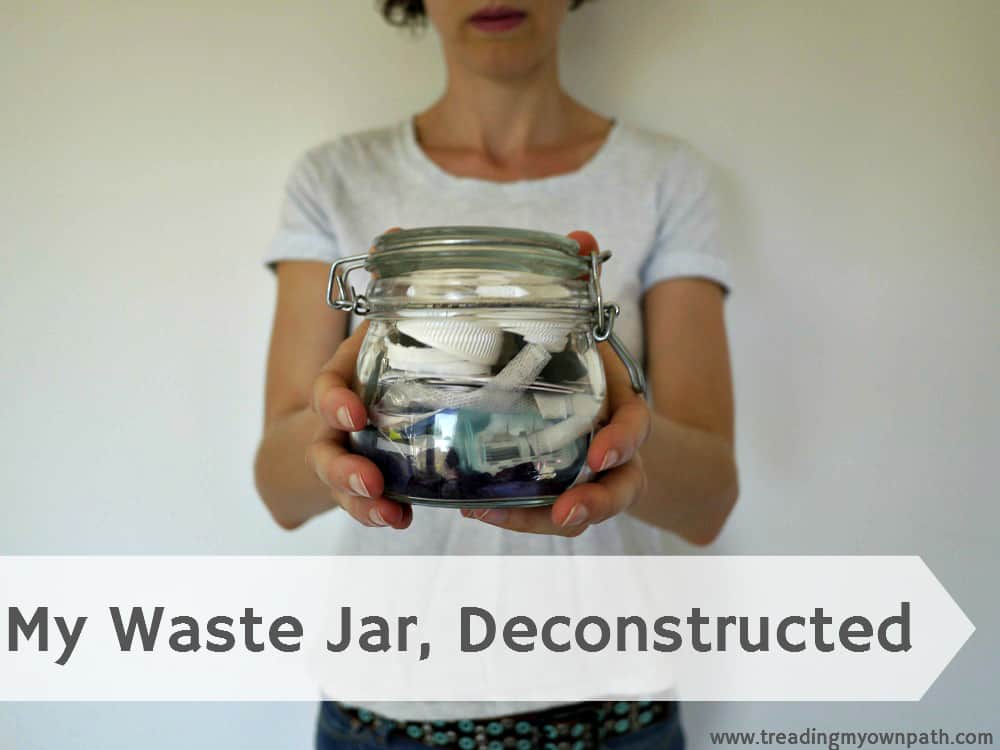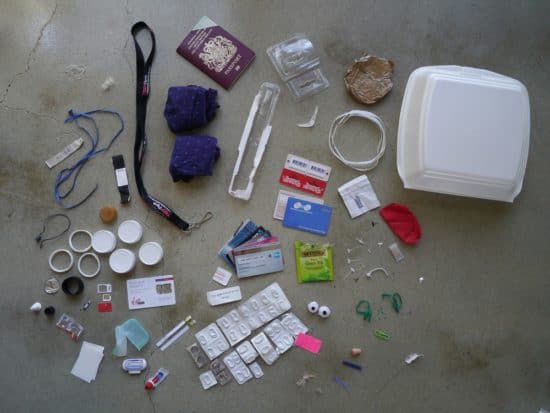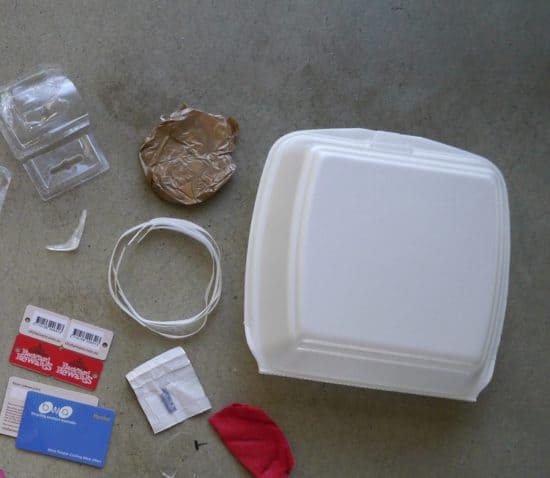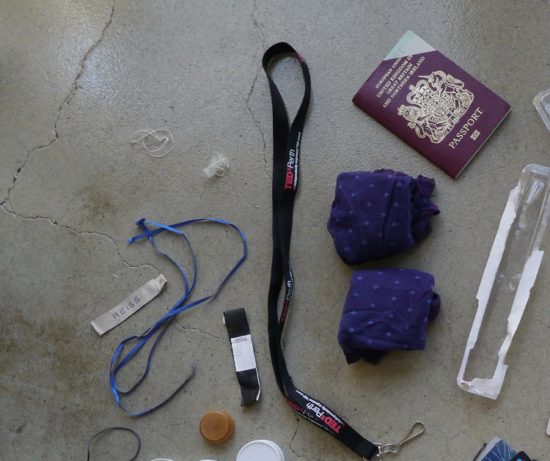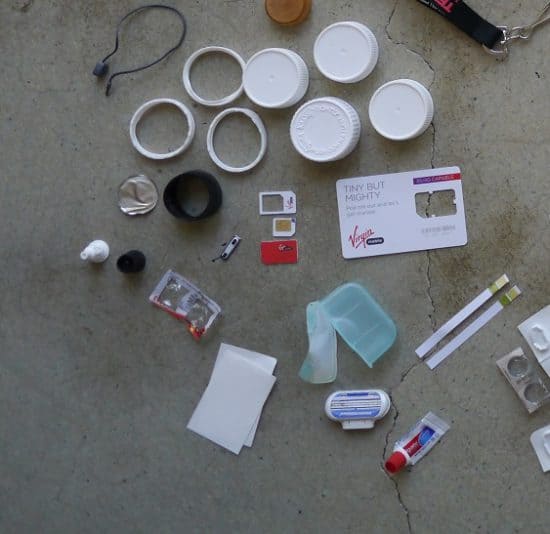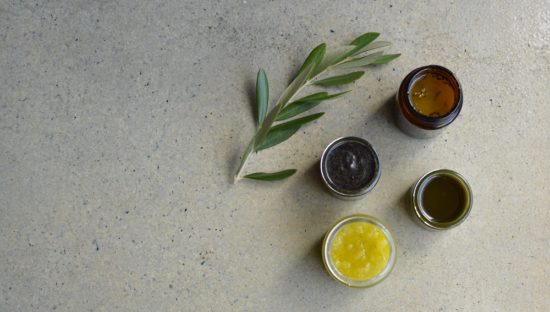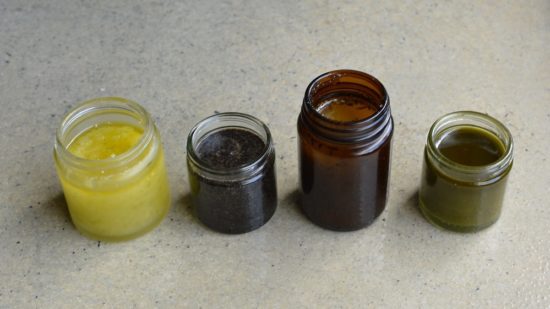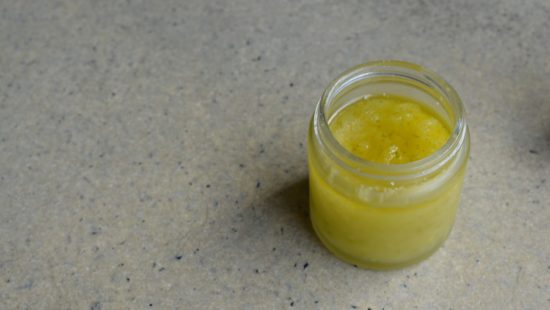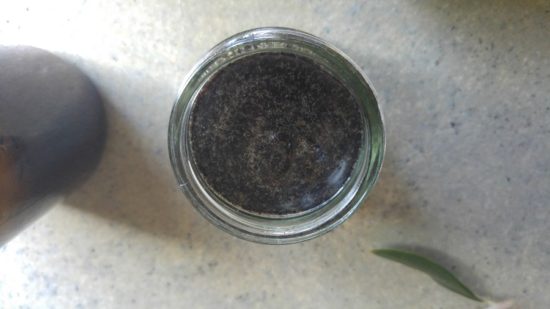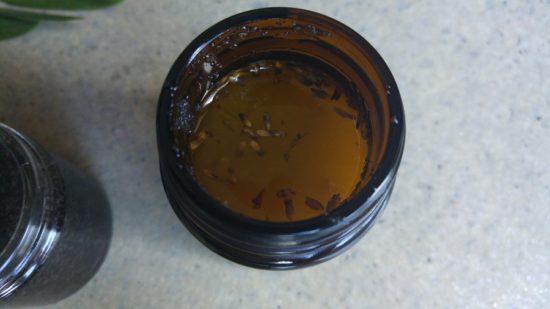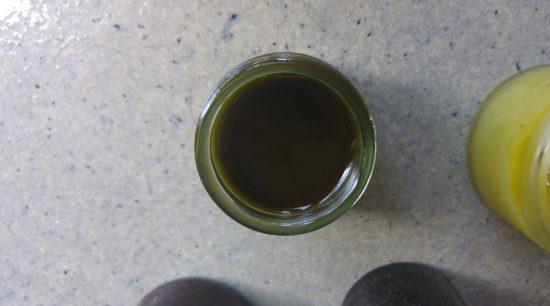A Plastic-Free Future? It’s Already Happening (Here’s Proof)
When we think about the kind of world we want to live in, and then look around us in the present, the difference can feel worlds apart. It can seem impossible to imagine how we will ever make progress, from where we are to where we want to be.
Yet when we start to look closely, we discover that these new ways of thinking are being acted out, all around us. There are groups, businesses and organizations changing the old story by doing things a different way. They are visions, or “pockets” of the future” except they are happening now, in the present.
These “pockets of the future” remind us that change is possible, and that it is already taking place. These examples provide a framework for others to follow, and take the next steps.
When we talk about plastic-free or zero waste living, and the circular economy, we can see plenty of gaps in the system.
We might take our own bags – but what about all the produce arriving in the store in single use packaging? What about those of us who don’t live near bulk stores? What about convenience?
These are simply missed opportunities, and innovative people are plugging those gaps with solutions. I wanted to share a few ideas to give you hope that momentum is building. Change is coming.

How Stores are Addressing Single-Use Packaging
I’ve had this conversation more times than I care to remember when talking about zero waste or plastic-free living. Someone asks: what about the fact that most bulk stores receive goods in packaging, and that packaging the stores receive isn’t reusable?
Whilst that’s mostly true, a huge amount of waste eliminated when stores buy in bulk and allow customers to use their own containers.
Now, stores and businesses are stepping up to the challenge and trying to implement reusable and returnable options for their suppliers.
The Source Whole Foods Victoria Park (WA) – Kombucha
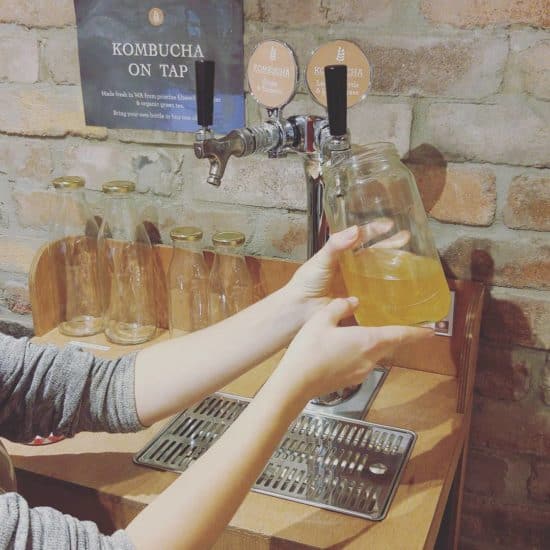
My local bulk store The Source Whole Foods (in Victoria Park, WA) recently started selling kombucha on tap. I’m not really a kombucha drinker, but I love the story behind this product. They have three flavours, which are delivered in stainless steel drums by a local producer in the south-west. Once empty, the drums and switched with full ones, and the empties are returned for cleaning and refilling. Zero disposable packaging.
Not all items that get delivered to bulk stores come packaging free. Many products get delivered in big 20kg sacks or drums, but these cannot be returned to suppliers for refilling. However, many bulk stores that care about zero waste are now starting to have these conversations with their suppliers, to see what options there are to reduce waste at the level upstream.
It’s beginning to happen.
Dunn & Walton Doubleview (WA) – Milk
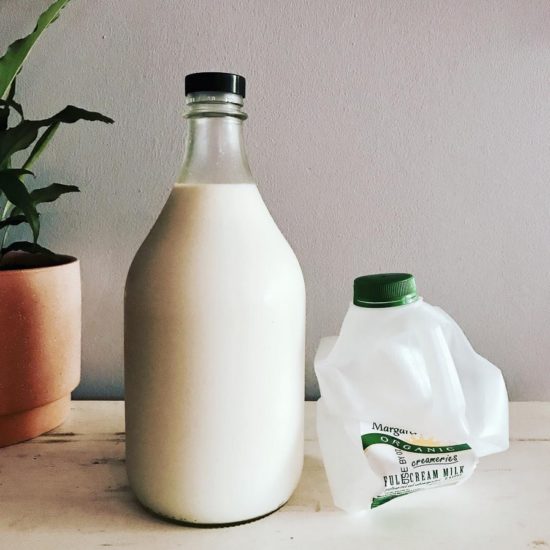
Dunn & Walton is an organic store in Doubleview, Perth with an excellent cafe and deli. They receive their milk in bulk from Margaret River, and decant into glass bottles which their baristas use. They have saved more than 5,000 plastic bottles from landfill by doing this.
Coffee culture is a big deal in Australia, but almost every cafe uses plastic bottles and tetra paks. For plant-based milks, there’s the DIY approach which cafes are increasingly adopting. The Raw Kitchen in Fremantle is one of a growing number of cafes here in WA offering homemade non-dairy nut milk instead of the carton tetra-paks which typically end up in landfill.
Dunn & Walton Doubleview (WA) – Takeaway
Dunn & Walton also run a tiffin night on Thursday evenings, with gluten-free, vegan Indian takeaway food made by the supremely talented Arti of Arti’s Traditionals. Tiffins are stainless steel, stackable lunchboxes suitable for transporting hot food, typically Indian food.
At Dunn & Walton, customers can buy a reusable stainless steel tiffin on the night, or they can bring their own reusable containers from home, but there is no single-use disposable packaging available as an alternative.
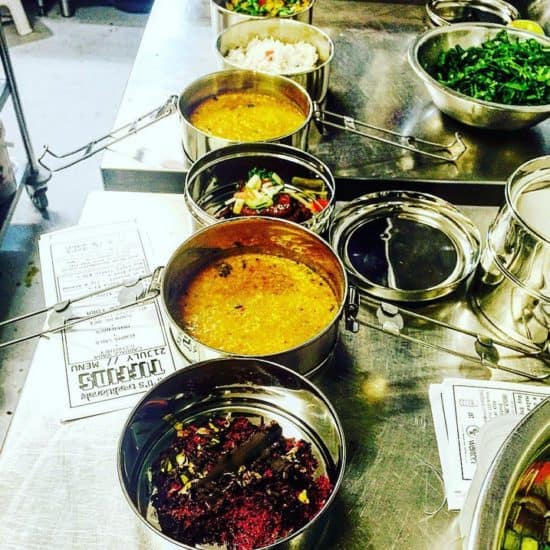
More and more takeaway shops are willing to let customers bring their own containers, but most customers still have the option. Tiffins are not a new idea – millions of people use them every day in India. But they are not commonly seen in Australia… yet.
Coffee Cups to Go (and Come Back)
Reusable coffee cups aren’t new, although they are definitely becoming more mainstream. However, reusable coffee cups rely on us remembering to bring them – what if we forget? What about those people who like to text their coffee order ahead? Having a reusable cup doesn’t work in that instance.
Well, people are beginning to think about ways to get round that.
The Freiburg Cup (Germany) – Borrow and Return
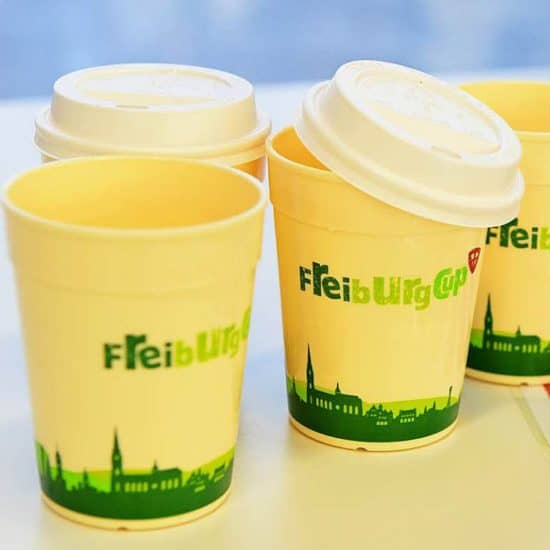
I first read about the Freiburg (it’s in Germany) reusable coffee cup scheme earlier this year. When a customer buys a coffee from one of the 72 registered outlets, they can choose a reusable cup (made of dishwasher-proof plastic) by paying a small deposit. This reusable cup can be returned to any of the outlets for washing and reusing.
Go2Cup (Perth) – Reusable Coffee Cups to Borrow
When I read about the German scheme, I thought it sounded great. I wondered how we could introduce it here. Then I discovered that somebody (Daniel Grosso of Go2cup) is already getting out there and starting it, right here in Perth :)
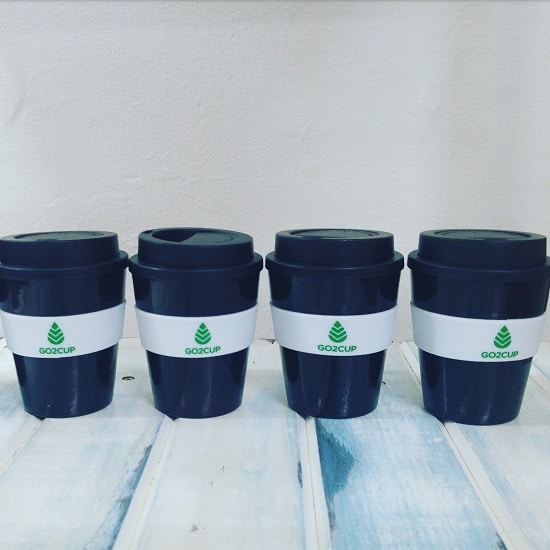
Go2cup is slightly different to the Freiburg system, and in my view, slightly better. The Freiburg Cup still has a disposable lid, and the scheme is limited to cafes. Go2cup uses fully reusable cups (the lids are also reusable), and has expanded beyond the cafe market. It is also working with events, Farmers Markets, and businesses.
Cups are provided for patrons to use, and these are returned for washing.
Schemes like this allow people to forget their reusables and still refuse the single-use option. I’m sure these ideas will be adopted more widely in the future.
Reusable Bags (to Borrow and Bring Back)
People forget their reusable bags sometimes. Or they pick up more than they intended, and don’t have enough reusables to manage. Rather than resort to picking up plastic bags, there’s another solution – borrowing bags.
Boomerang Bags and Morsbags (Worldwide)
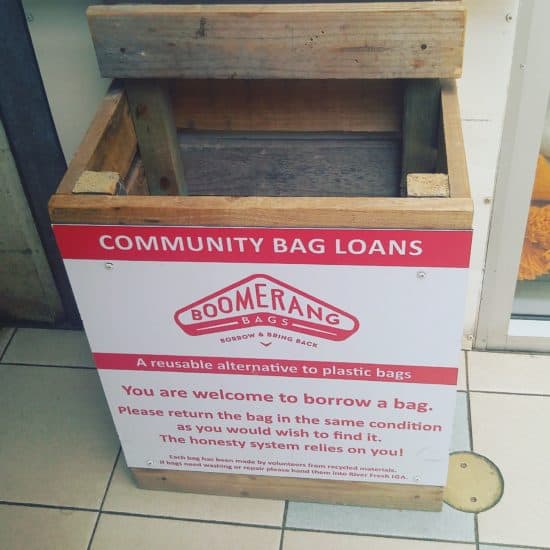
Boomerang bags are reusable shopping bags made by members of local communities, using donated and second-hand materials. Once a stash has been sewn, these are deposited outside stores for anyone to borrow, and bring back.
Forgotten your reusable bags? No problem!
Boomerang Bags started in Queensland, Australia, but have spread across the globe. Morsbags is another reusable bag initiative, founded by Claire Morsman (hence the name) with a similar ethos, in the UK. Before I moved from the UK to Perth in 2011, I worked in a building that had Morsbags hanging in the hallway for anyone to borrow at lunchtime.
Returnable and Refillable Packaging from Online Sellers
There are countless companies out there selling products in recyclable packaging. What is better than recyclable, though, is reusable. That’s where the zero waste movement wants us to head.
Obviously, taking our own containers to bulk stores means refillables. But not everyone lives close to bulk stores. And not all bulk stores sell the whole range of products.
Plaine Products (US)
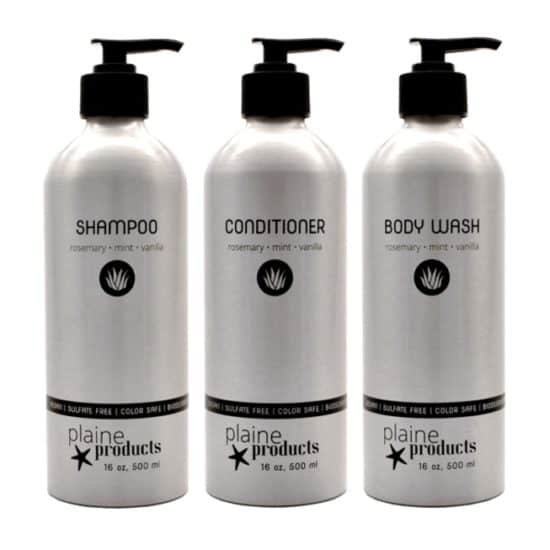
Plaine products are a US company doing things a little differently. They sell shampoo, conditioner and body wash in recyclable aluminium bottles. Better than simply offering recyclable bottles, they offer a full ‘return and refill’ scheme.
Other companies allow customers to return bottles for recycling. But returning them for refilling is pretty new.
When you receive your order you also receive a return shipping label. When the product’s empty, the pumped is switched with a refill cap, the label is placed on the original box and the product is shipped back – and Plaine Products covers the shipping fee.
I’m lucky enough to have access to plenty of bulk stores, and I prefer to shop local over shopping online. But I do live in a city with plenty of options. For those people who rely on online shopping, this is a much more sustainable option than single-use packaging.
…
We don’t have a zero waste or circular economy – yet. But innovation is happening all the time, and good ideas are being spread. Schemes like this give me hope for a world without waste.
Now I’d love to hear from you! Were any of these new to you? Do have experiences with using any of these – good or bad? Do you know of any other innovative ideas tackling waste upstream? Any other initiatives you’d love to see happening? Any other thoughts? Please share below in the comments!
[leadpages_leadbox leadbox_id=1429a0746639c5] [/leadpages_leadbox]
(Disclaimer – I am an affiliate for Plaine Products, meaning if you click a link and choose to make a purchase, I may be compensated a small amount at no extra cost to you. I only ever share organisations and businesses whose commitment to creating zero waste and plastic-free solutions I believe in.)

